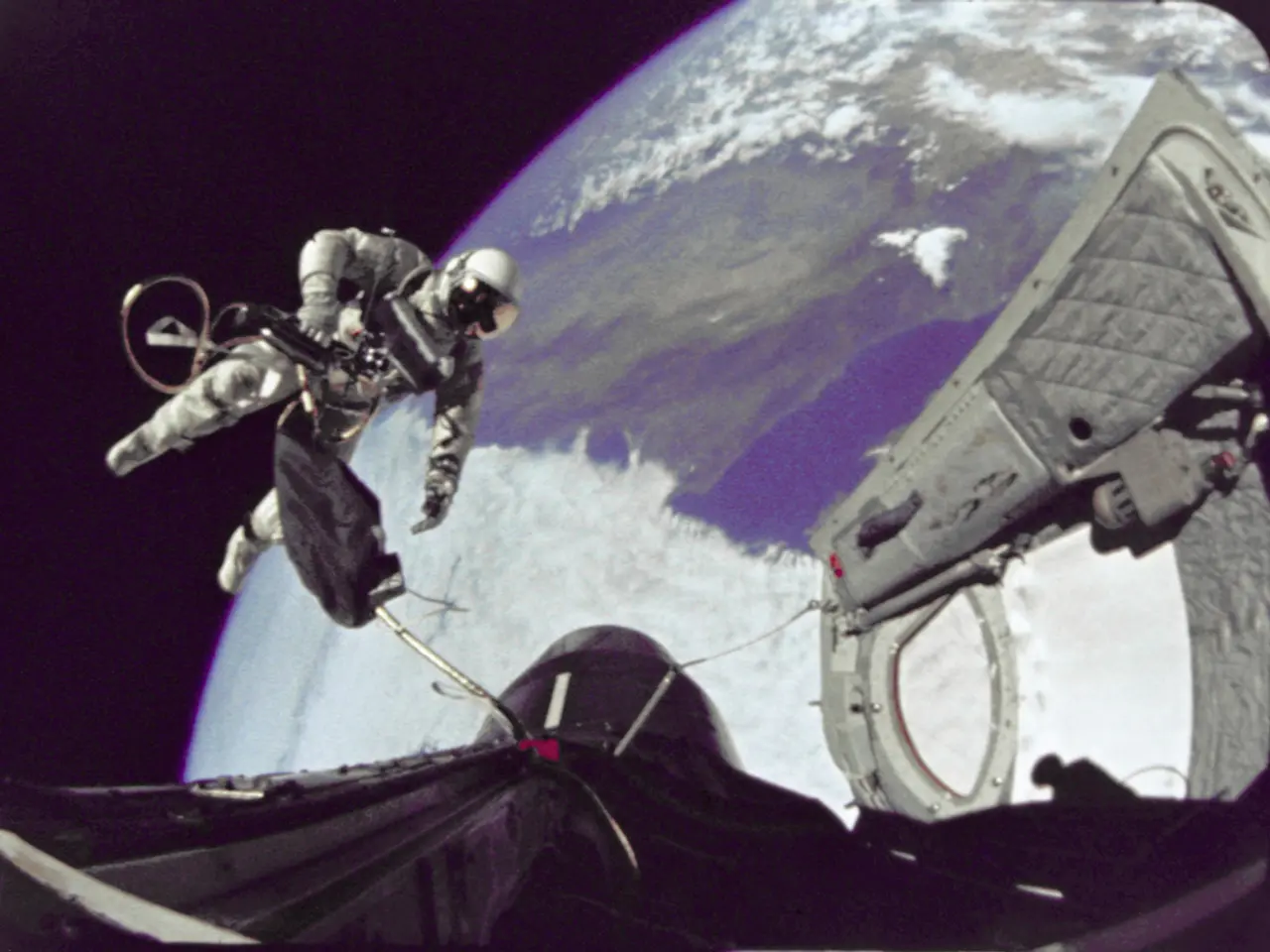E-commerce relies heavily on the use of boxes as its structural foundation.
The COVID-19 pandemic has accelerated the shift towards online shopping, transforming the landscape for consumer packaged goods (CPG) brands. This transformation has focused strongly on sustainability, customer experience, cost efficiency, and technological innovation.
- Sustainability and Eco-Friendly Materials
Brands are increasingly adopting recycled, compostable, and biodegradable materials such as recycled cardboard, kraft paper, and compostable mailers to reduce environmental impact. Innovations like mono-material adhesives, water-based inks, and debossing are gaining attention to ensure packaging is more easily recyclable while maintaining premium looks. The reusable packaging market, especially reusable bags, is growing rapidly due to its lightweight, durable, and eco-friendly characteristics that reduce shipping costs and waste while enabling multiple use cycles.
- Enhanced Unboxing Experience as Brand Storytelling
Packaging now serves as a brand storytelling and engagement channel, transforming the unboxing experience through bold graphics, embedded NFC chips for authentication, or social media-friendly presentation. The rise of “unboxing” videos on social platforms motivates brands to invest in custom inserts, variable-print liners, and aesthetic appeal that encourage user-generated content, boosting brand visibility organically. Design trends include bright colors and oversized typography to capture attention, alongside minimalist monochrome palettes reflecting modern, sustainable values.
- Flexible and Versatile Packaging Formats
The pandemic-driven online shopping boom has prompted movement from traditional rigid packaging to lighter, flexible packaging formats like standup pouches and shaped packages, which reduce shipping weight and costs. Convergence toward packaging that works seamlessly across both brick-and-mortar and e-commerce channels is emerging, minimizing the need for multiple SKUs and optimizing cost and logistics. Packaging designs are increasingly tailored to meet convenience for consumers with options ranging from single-serve formats to bulk “club store” sizes.
- Technology Integration and Smart Packaging
Luxury and D2C brands are embedding NFC chips and other smart technologies within packaging for product authentication and enhanced digital engagement post-purchase. These technologies support brand protection, customer interaction, and data collection, aligning with digital transformation in retail.
- Operational Support and Fulfillment Optimization
To manage evolving packaging demands and campaign-specific variations, companies are partnering with 3PL fulfillment services that provide scalable, personalized packaging solutions, inventory management, and sustainable sourcing. Efficient packaging also supports better logistics—reducing dimensional weight and optimizing reverse logistics, especially with reusable and flexible packaging options.
- Regulatory and Cost Challenges
Plastic bans and extended producer responsibility (EPR) fees in regions like the EU are increasing compliance costs, driving brands globally to accelerate sustainable packaging adoption despite short-term cost volatility in materials like kraft paper and resins.
In conclusion, the accelerated shift to online shopping has made e-commerce packaging a strategic tool for CPG brands, balancing sustainability mandates, cost efficiency, consumer engagement, and logistical practicality. Packaging is evolving beyond a protective role to a marketing and sustainability asset, with increasing emphasis on reusable designs, flexible materials, and integrated smart features.
- As a marketing and sustainability asset, packaging is evolving to improve the unboxing experience through bold graphics, embedded NFC chips, and social media-friendly presentations.
- To manage the increasing demand for sustainable packaging and operational support, companies are partnering with 3PL fulfillment services, optimizing fulfillment, inventory management, and reducing cost volatility amidst global regulatory challenges.




